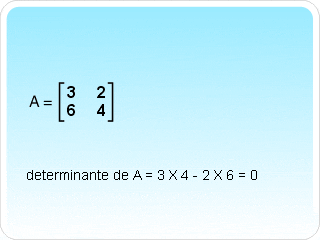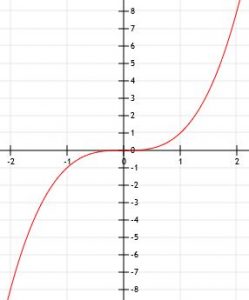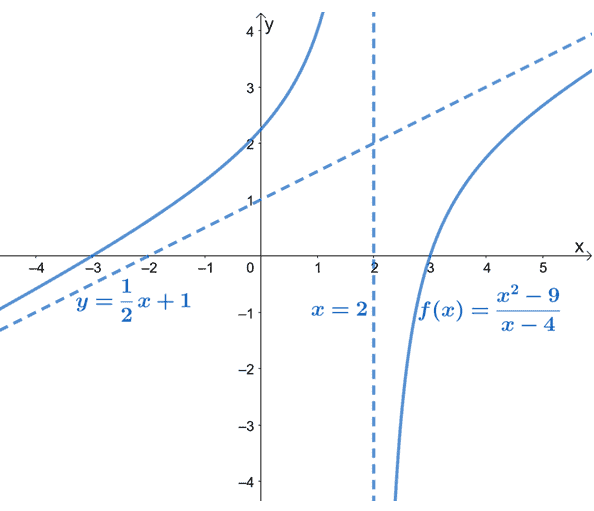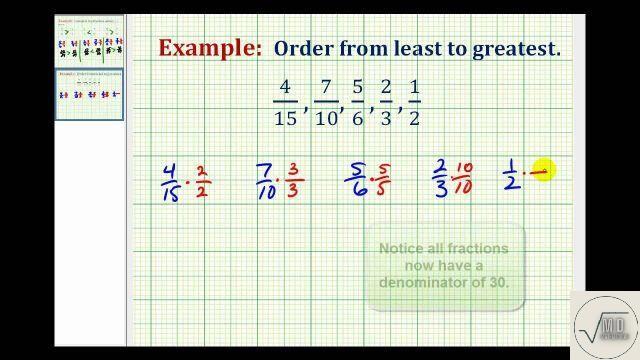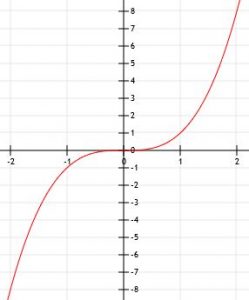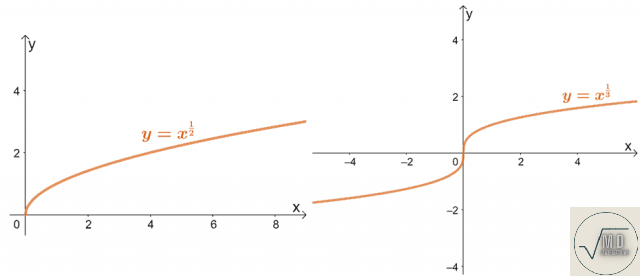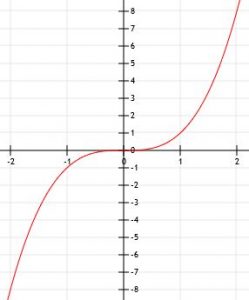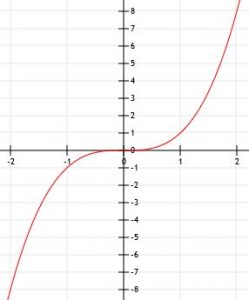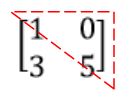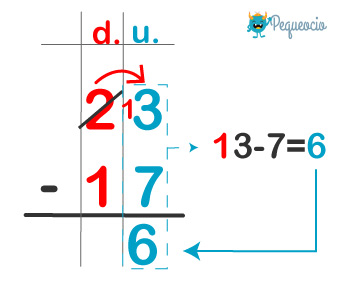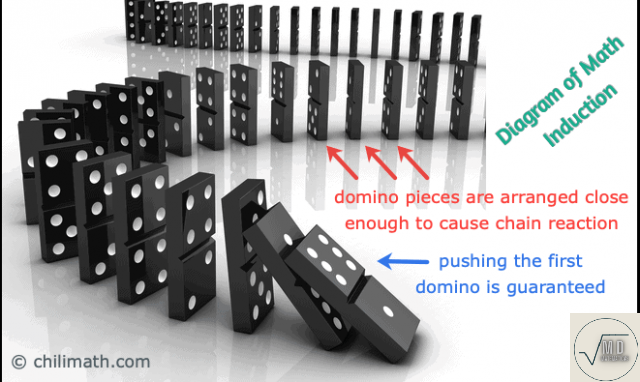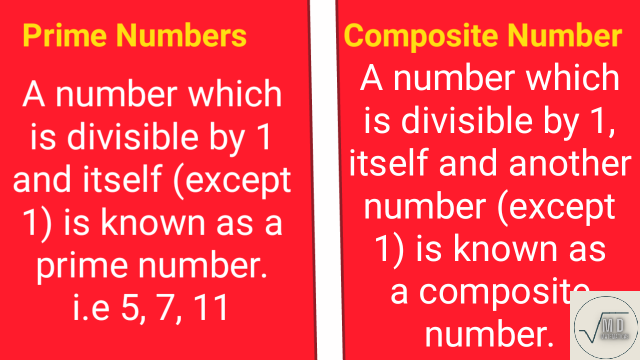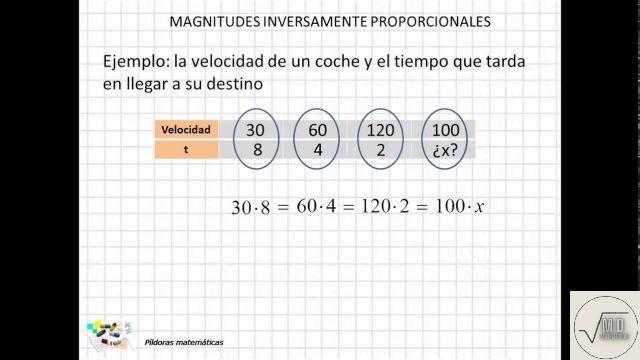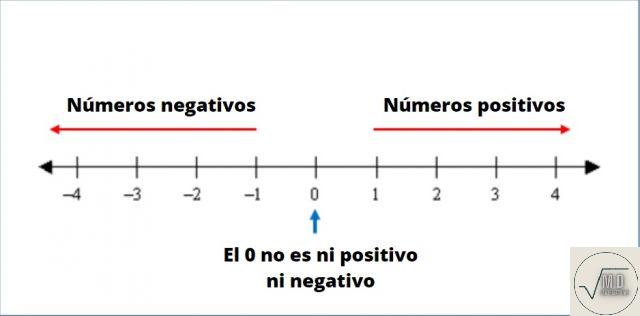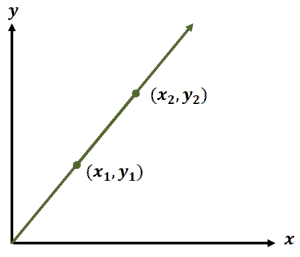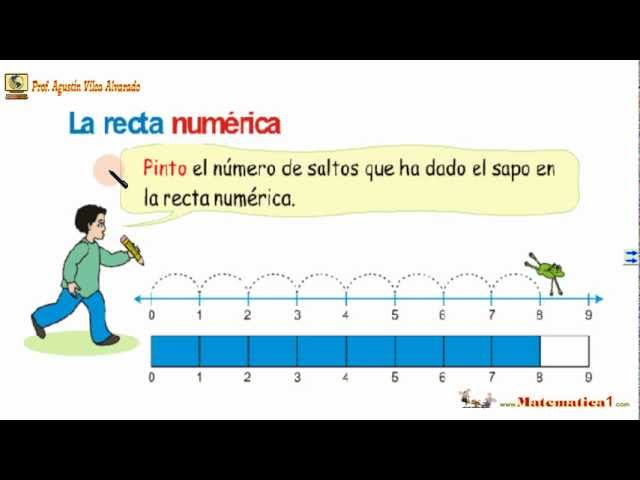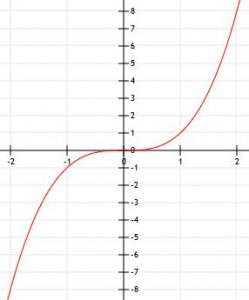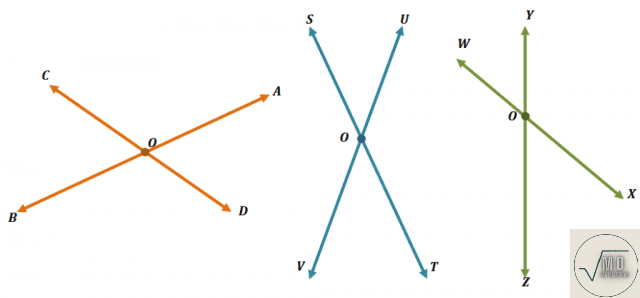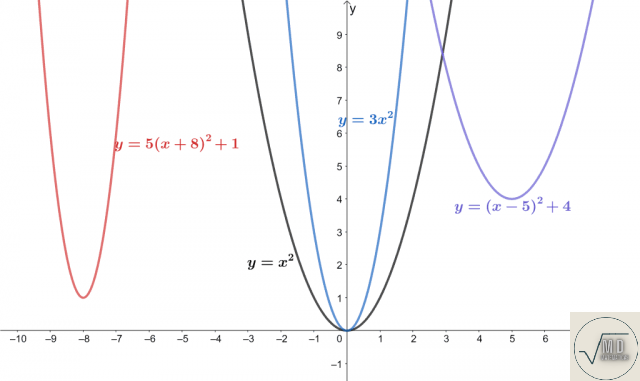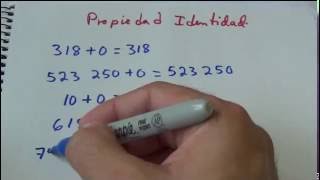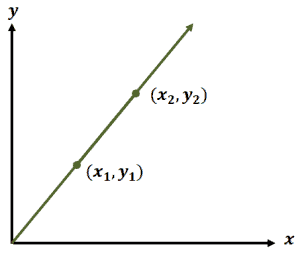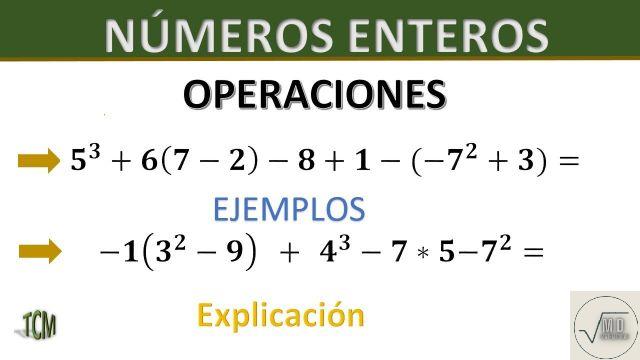Adición: explicación y ejemplos
Addition is one of the oldest and the most basic arithmetic operation. It is known to mathematicians for more than 6000 years. The ‘counting’ was considered as an early form of addition.
The first official evidence of addition is that Egyptians and Babylonians used it in 2000 B.C. The symbols of addition and subtraction were invented around the 16th century, but before that, the equations were written in words, making it really time-consuming to solve the problems.
name="addition-definition">Addition Definition
En general, addition is defined as combining two or more groups of objects into a single group. Mathematically, addition can be defined as an arithmetic operation in which the sum or total of two or more numbers is determined.
The addition symbol is a plus (+) and is inserted between numbers being added. Performing addition is one of the simplest numerical tasks. Addition is an important skill in all aspects of life, including: at home, school and work.
name="parts-of-addition">Parts of Addition
There are 3 parts of addition, the addend, the equal sign, and the sum.
name="the-addend">The Addend
In addition, the addends or the summands are numbers or terms being added together. For example, 10 + 6 = 16, 10 and 6 are the addends of this equation.
name="the-equal-sign">The Equal Sign
The equal sign indicates that the two halves of the equation are equivalent. For example, in the addition sentence, 10 + 6 = 16, the equal sign is denoted with two short horizontal strokes.
name="the-sum">The Sum
The sum in addition sentence is the totals of the addends. For example, in 10 + 6 = 16, the sum is 16.
Understanding the properties of addition is important because it guides you to work with numbers more effectively.
name="properties-of-addition">Properties of Addition
This property states that the positions of numbers in an equation do not affect the final answer. For example, 4 + 5 is the same as 5 + 4. This property applies to the addition of numbers, no matter how large the group of numbers is.
This property applies to complex equations involving brackets, braces, and parenthesis to separate groups of numbers. In addition, we can move the brackets around without affecting the ultimate answer. For example, (4 + 6) + 2 = 4 + (6 + 2).
The identity property states that the sum of a number with zero is equivalent to the number itself. For example, 5+ 0 = 5. The number zero is called an identity number because it does affect other numbers during the addition.
When a student is adding large groups of numbers, remind them that zero does not affect other numbers in the equation.
The inverse operation implies that the addition and subtraction are opposites. For instance, two plus three minus three is equal to two. Adding and subtracting the same numbers is similar to canceling out the numbers.
For this reason, you should look for numbers that cancel out when performing addition and subtraction on large groups of numbers.
Terry bought a designer dress for $231 and shoes for $199. How much money did she spend on the dress and shoes?
Solución
To find the total cost, we need to add 231 and 199
The total expenditure is found by adding the two prices together. Therefore. Terry spent $430 on both items.
There are 56 yellow seats and 97 white seats in the school auditorium. How many yellow and white seats are in the auditorium?
Solución
Total number of seats = 56 +97
- Find the sum of the following numbers:
- 50711 y 77412
- 62731 y 38128
- Calculate the value of the number that is:
- 45172 more than 78278
- 65172 more than 65278
- 1762 more than 4535
- 1572 more than 50265
- Calculate the value of the number that exceeds:
- 16619 1279 por
- 88543 by 2935.
- There are 543556 students in grade 2, 54799 students in grade 3, 56890 students in grade 4, and 65543 students in grade 5 in a city’s schools. Calculate the total number of students in grades 2, 3, 4, and 5.
- A farmer had $ 3001. He purchased a cow for $ 450 and two goats for $ 150 each. How much money is with him now?
- A man had $ 459999. He gave his two sons $ 458 each, $ 50000 to his wife, and kept the rest. Calculate how much he was left with?
- Which number should be added to the sum of 5633 and 4566 to give the result of 88888.
- The school library has 3000 books in Germany, 4556 books in French, and 6899 books in English. How many books are in the library?
- A school store has 600 bags of rice, 300 bags of beams and 60 bags of grams. How many bags of grains and cereals are in the store?
- There are 578884 men, 870069 women and 1788808 children in a city. Find the total population of the city.




